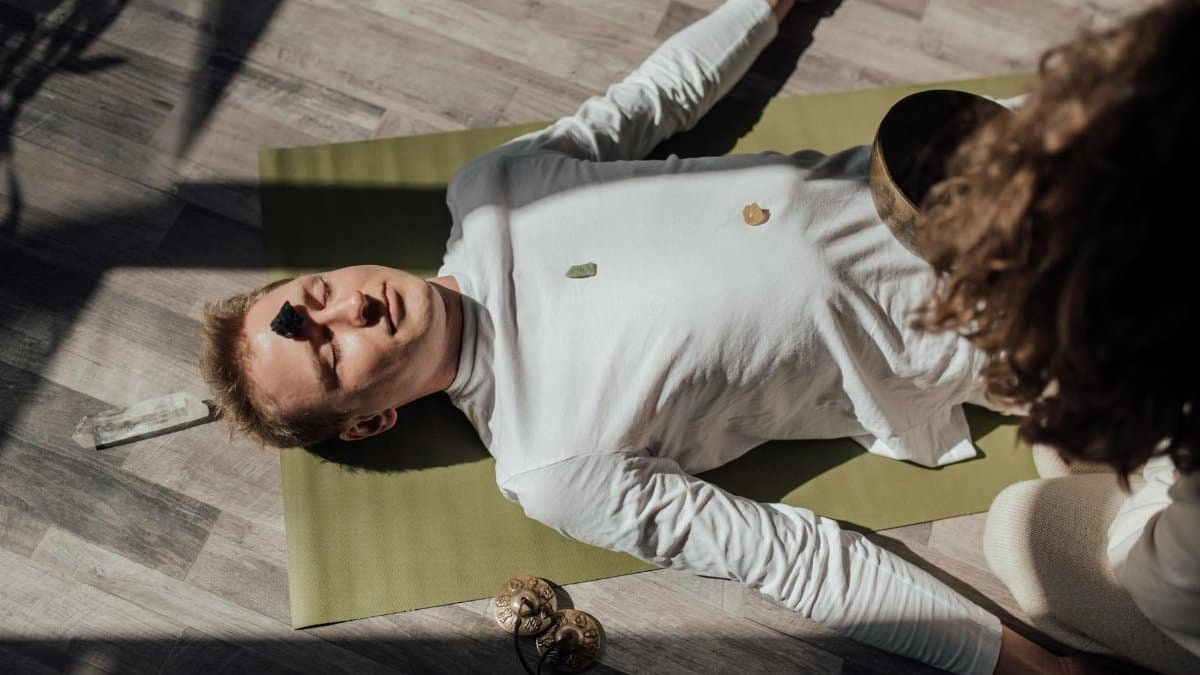Surprising Rise in Sound Healing Adoption

New data reveals that 35% of Americans dealing with stress have turned to alternative therapies like sound healing in the past year, according to a recent survey by the National Center for Complementary and Integrative Health. This surge highlights a growing shift toward non-traditional methods for mental clarity amid rising anxiety levels. Clarity healing breathwork, a focused practice combining rhythmic breathing with sound elements, stands out as a popular choice. It’s drawing in everyone from busy professionals to wellness enthusiasts seeking quick relief from mental fog.
What Is Sound Healing Exactly?
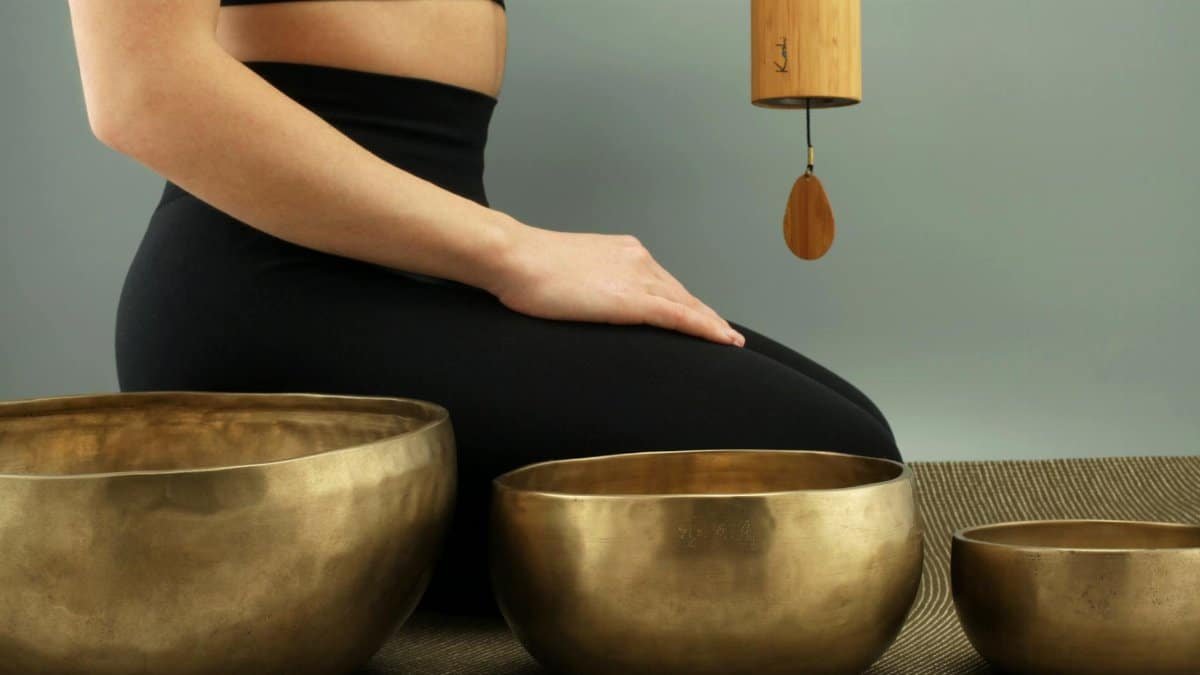
Sound healing uses vibrations from instruments like gongs, singing bowls, or tuning forks to promote relaxation and mental balance. Practitioners claim it resets the body’s energy, reducing stress and enhancing focus. In the U.S., sessions often blend ancient traditions with modern science, appealing to those skeptical of conventional therapy. A study from the University of California found that sound therapy can lower cortisol levels by up to 20% after just one session. This makes it a go-to for Americans juggling high-pressure lives in 2025.
Why Mental Clarity Matters Now
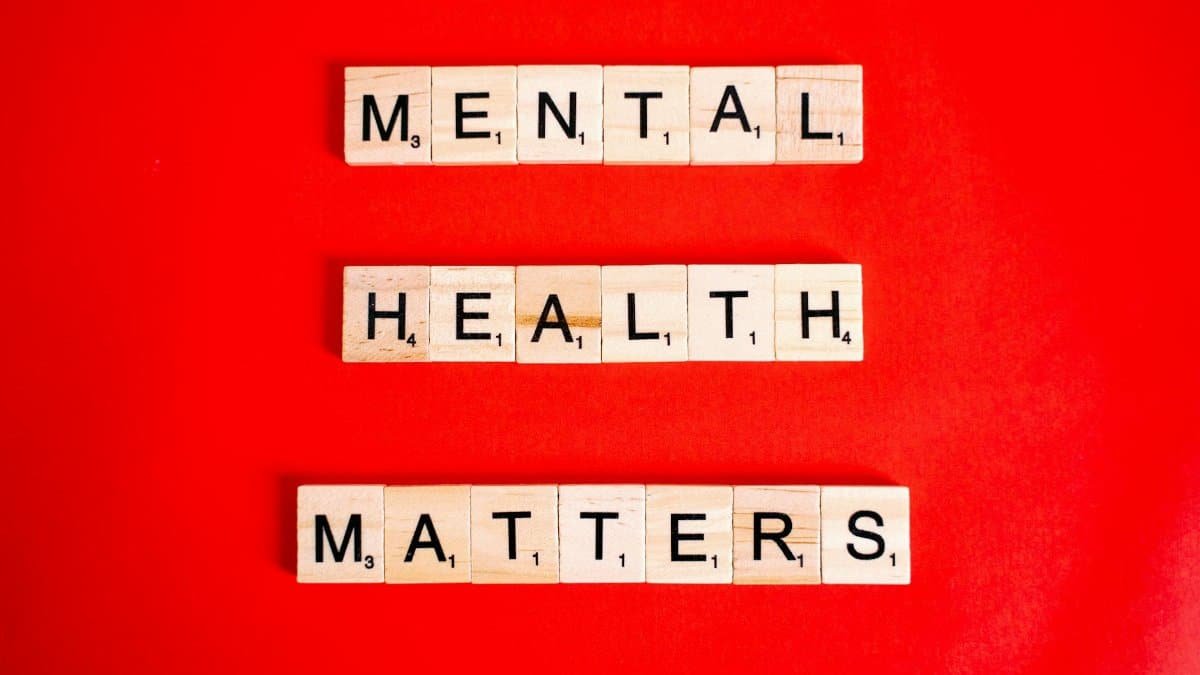
In a world bombarded by notifications and deadlines, mental clarity has become a precious commodity. Americans report feeling overwhelmed, with burnout rates climbing. Sound healing addresses this by clearing mental clutter through auditory stimulation. Experts say it activates the parasympathetic nervous system, fostering calm. For many, it’s not just trendy; it’s essential for productivity. The American Psychological Association notes increased interest in mindfulness practices, linking them to better cognitive function amid ongoing societal stresses.
Real Stories from Practitioners

Take Mark Thompson, a New York accountant who started sound healing after a burnout episode. “It was like flipping a switch,” he says. “My thoughts sharpened almost immediately.” Similar accounts flood wellness forums. In Los Angeles, group sessions attract diverse crowds, from tech workers to retirees. These anecdotes underscore the practice’s appeal, backed by growing evidence. A report from Harvard Medical School highlights how such therapies improve emotional regulation, making them a staple in urban wellness centers this year.
Science Behind the Vibrations

Research supports sound healing’s benefits for mental clarity. Vibrations influence brain waves, shifting them to theta states associated with deep relaxation. A 2023 study published in the Journal of Alternative and Complementary Medicine showed participants experienced reduced anxiety after sound baths. NCBI Study on Sound Therapy details these findings, emphasizing physiological changes. Another link from the NIH explores integrative health approaches, confirming sound’s role in stress reduction. NCCIH on Sound Healing.
Accessibility and Cost Factors

Sound healing’s popularity stems from its accessibility. Sessions cost between $20 and $100, far less than traditional therapy. Apps and online platforms offer virtual experiences, making it available nationwide. In 2025, with economic pressures lingering, affordable options like clarity healing breathwork appeal to budget-conscious Americans. Community centers in cities like Chicago and Miami host free introductory classes, democratizing access. This low barrier entry explains why adoption rates are soaring among middle-class demographics.
Combining with Other Practices

Many integrate sound healing with yoga or meditation for amplified effects. Clarity healing breathwork pairs breathing techniques with sound to deepen clarity. Users report enhanced focus when combining modalities. Wellness experts recommend starting small, perhaps with a 10-minute daily routine. A Pew Research survey indicates 40% of Americans mix therapies, reflecting a holistic approach to mental health. This blending trend is reshaping how people maintain balance in fast-paced environments.
Potential Drawbacks to Consider
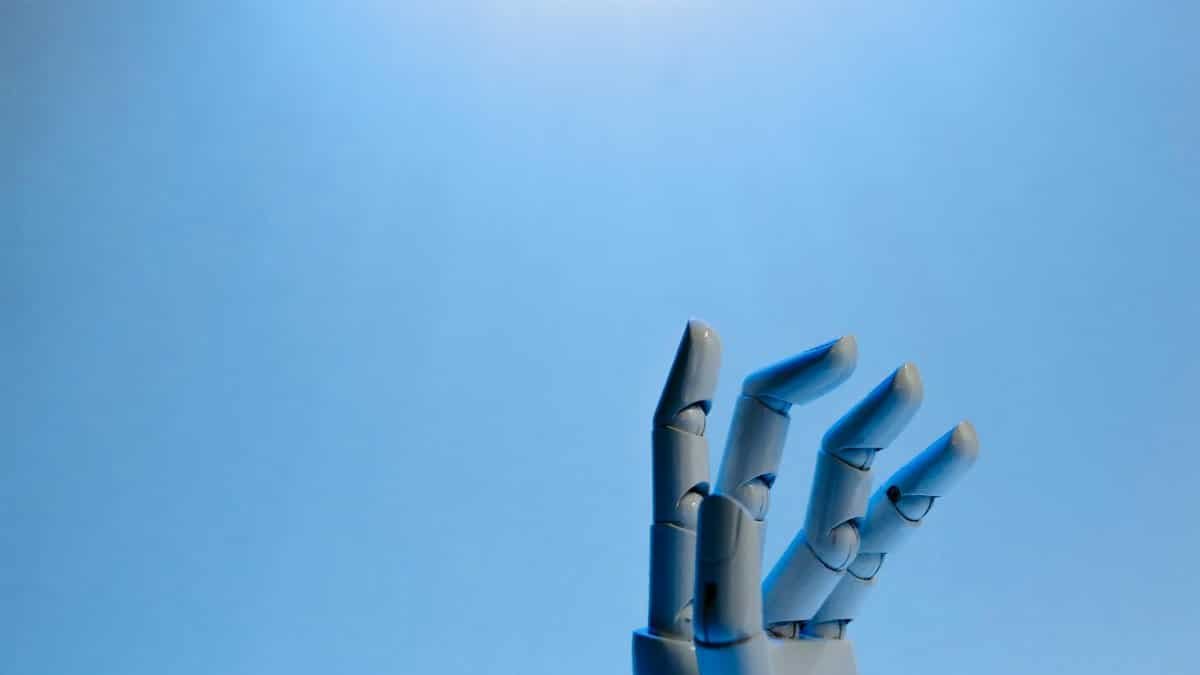
Not everyone benefits equally from sound healing. Some find the sessions overwhelming, especially those sensitive to noise. Critics argue evidence is anecdotal, urging more rigorous studies. Side effects like temporary dizziness occur rarely. The Mayo Clinic advises consulting doctors before starting, particularly for those with hearing issues. Despite this, the practice’s low-risk profile keeps it attractive. In 2025, as research evolves, expect clearer guidelines on its efficacy for mental clarity.
Cultural Shifts Driving Interest

America’s wellness boom, fueled by social media and celebrity endorsements, propels sound healing forward. Influencers like Gwyneth Paltrow tout its benefits, normalizing alternative paths. Post-pandemic, mental health awareness has skyrocketed, with 60% of adults prioritizing it, per CDC data. This cultural pivot makes practices like clarity healing breathwork mainstream. Urban spas report doubled bookings, signaling a broader acceptance of vibrational therapies in everyday life.
Future Trends in Sound Therapy
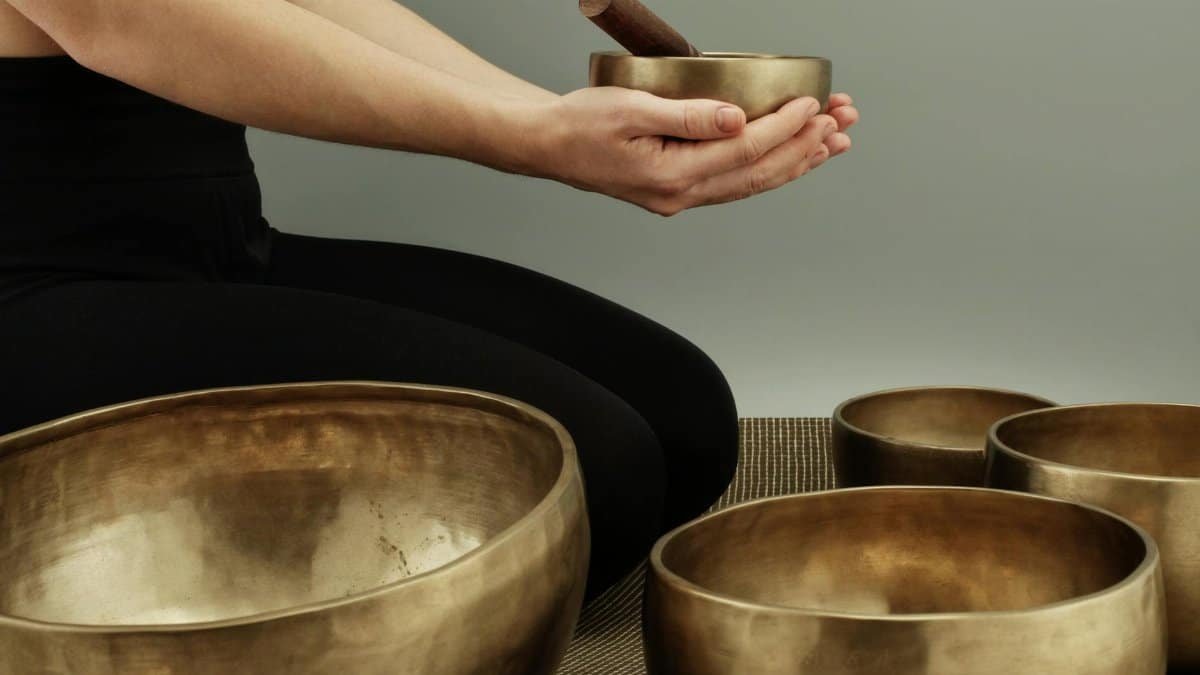
Looking ahead, innovations like AI-guided sound sessions could personalize experiences. Experts predict integration into corporate wellness programs by 2025’s end. With ongoing studies, sound healing might gain insurance coverage, boosting accessibility. For now, its role in fostering mental clarity remains a key draw for Americans seeking sustainable calm. As more data emerges, this ancient practice continues evolving to meet modern needs.
